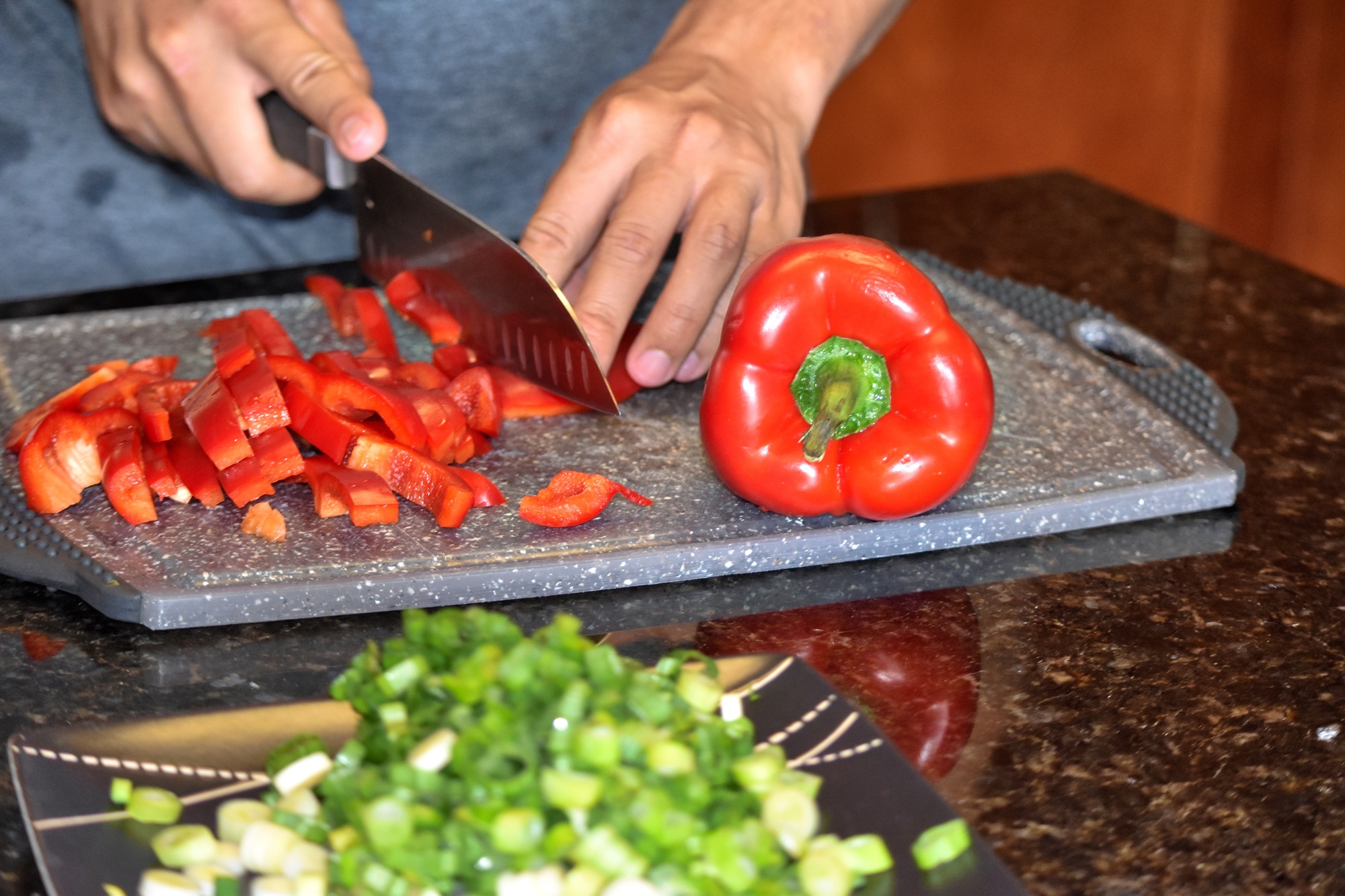Longevity Plate: Your Daily Guide to Eating for Life
Longevity Plate: Your Daily Guide to Eating for Life

You’re probably used to hearing about “diets,” right? Low-carb, high-fat, no-sugar, and on and on. It’s confusing! But what if I told you that eating for a super long, healthy life doesn’t have to involve deprivation or complicated rules? It’s more about building your meals smart, creating what we call your very own Longevity Plate. It’s how you structure your everyday meals for optimal health.
Here at livetobe101.com, we’re all about making healthy living feel easy and achievable. livetobe101.com was built to help users like you make smarter decisions with confidence, especially when it comes to fueling your body right. Let’s ditch the diet mentality and learn how to build a plate that truly supports you for decades to come.
Why Your Plate’s Structure Matters for Longevity
It isn’t just what you eat, but how much of each thing you’re putting together. A balanced plate ensures you’re getting all the necessary nutrients without overdoing it on stuff that might drag you down. We’re talking about fueling your cells, keeping inflammation low, and giving your body the building blocks it needs to repair and thrive. This is essential for a truly good food approach to a long life.
The Core Components of Your Longevity Plate
Think of your plate divided into simple sections. It’s a visual guide, not a strict measuring tool.
1. Half Your Plate: Vibrant Veggies (and a Little Fruit)

This is your biggest section. Load up on a colorful array of non-starchy vegetables. Think leafy greens, broccoli, bell peppers, carrots, zucchini, etc. They’re packed with vitamins, minerals, fiber, and antioxidants, with very few calories. A handful of berries or a piece of fruit can join the party too.
- Why it helps: Fiber keeps your gut happy and regulates blood sugar. Antioxidants fight inflammation and cellular damage, which are key drivers of aging. They’re nature’s medicine cabinet, basically.
- How to do it: Make half of your lunch and dinner plate veggies. Sauté them, steam them, roast them, or eat them raw. Throw some spinach into your morning eggs. Don’t be shy here.
2. Quarter of Your Plate: Lean Protein

This section should be about the size of your palm. Include sources like fish (especially fatty fish like salmon), chicken, turkey, beans, lentils, tofu, or eggs. Protein is crucial for maintaining muscle mass, which becomes super important as you age.
- Why it helps: Protein helps repair tissues, build enzymes, and keep you feeling full and satisfied. Losing muscle (sarcopenia) is a major contributor to frailty and reduced mobility in older age. Adequate protein intake directly supports a strong body.
- How to do it: Include a lean protein source at every main meal. Think grilled salmon, a chicken breast, or a hearty lentil soup.
3. The Other Quarter: Healthy Whole Grains & Smart Carbs

This isn’t about ditching carbs entirely, it’s about choosing the right ones. Focus on complex carbohydrates from whole grains like quinoa, brown rice, whole-wheat pasta (in moderation), or starchy vegetables like sweet potatoes and squash.
- Why it helps: These carbs provide sustained energy and, more importantly, a lot of fiber, which is great for digestion and blood sugar control. They prevent those sharp energy spikes and crashes that processed carbs cause.
- How to do it: Opt for brown rice instead of white. Choose whole-wheat bread. Enjoy a serving of roasted sweet potato or a small bowl of quinoa.
4. Don’t Forget: Healthy Fats & Flavor Boosters

While not a separate section, healthy fats are vital and should be incorporated with your meals. Think olive oil, avocados, nuts, seeds, and fatty fish. Also, load up on herbs and spices for flavor—they’re often packed with antioxidants too!
- Why it helps: Healthy fats are crucial for brain health, hormone production, and nutrient absorption. They keep you satiated and can help reduce inflammation. Spices like turmeric and ginger have incredible anti-inflammatory properties.
- How to do it: Drizzle olive oil on your salad. Add a quarter of an avocado to your meal. Sprinkle seeds over your yogurt. Use plenty of herbs when cooking.
Bonus Insights: Beyond the Plate
- Listen to Your Body: This plate is a guide, not a prison. Adjust portion sizes based on your activity level and hunger. You’ll learn what feels right.
- Focus on Whole Foods: The less processed, the better. Real, unadulterated foods are always going to give you more bang for your buck.
- Mindful Eating Helps: Slow down, savor your food. Pay attention to flavors and how your body feels as you eat. It helps with digestion and satisfaction, connecting to your sharp mind!
What’s Next for You?
Feeling ready to rethink your meals? Grab some colorful veggies, a lean protein, and a healthy grain for your next plate. You’ll probably feel the difference right away.
Wrapping It Up
Building your “Longevity Plate” isn’t complicated; it’s a simple, powerful strategy for eating well and truly fueling a longer, healthier life. By focusing on veggies, lean protein, healthy carbs, and good fats, you’re giving your body the best chance to thrive for decades. Remember, small, consistent choices on your plate add up to huge benefits for your overall well-being. Keep exploring livetobe101.com for more good food ideas.
FAQs
Do I have to measure everything on my Longevity Plate precisely?
Nope, you absolutely don’t! The Longevity Plate is a visual guide. Think of it as a general proportion. Your hand can be a rough guide for protein portions, and just filling half with veggies is often enough. It’s about balance, not precision.
What if I’m vegetarian or vegan? Can I still build a Longevity Plate?
You totally can! Plant-based proteins like beans, lentils, tofu, tempeh, quinoa, and nuts are excellent choices for the protein portion. Just ensure you’re getting a variety to cover all essential amino acids. Many plant-based diets are actually linked to longevity.
Are there any foods I should strictly avoid on the Longevity Plate?
While we don’t believe in “never,” minimizing highly processed foods, sugary drinks, and excessive amounts of unhealthy saturated and trans fats is definitely a good idea. Focus on adding more good stuff, and the less healthy options often naturally get pushed out.
How often should I eat according to this plate model?
Ideally, aim for this structure at your main meals: lunch and dinner. Breakfast can vary, but still try to include protein, fiber, and healthy fats. Consistency over time is what’s most important for long-term health benefits.
What if I get hungry between meals?
That’s totally fine! If you get hungry, grab a healthy snack. Think a piece of fruit, a handful of nuts, Greek yogurt, or some veggie sticks with hummus. They keep your energy steady and support your good food goals.
Is cooking from scratch necessary for the Longevity Plate?
It’s definitely encouraged because it gives you more control over ingredients. However, you can still build a great Longevity Plate using smart convenience options like pre-chopped veggies, canned beans, or rotisserie chicken. It’s all about making it work for you.
Does this plate model support weight management too?
Yes, it certainly does! By prioritizing nutrient-dense foods, fiber, and lean protein, the Longevity Plate naturally promotes satiety, helps stabilize blood sugar, and provides fewer empty calories, which can absolutely support healthy weight management over time.
Written by Christophe from The Editorial Team. Learn how we write and test all our content for accuracy.







